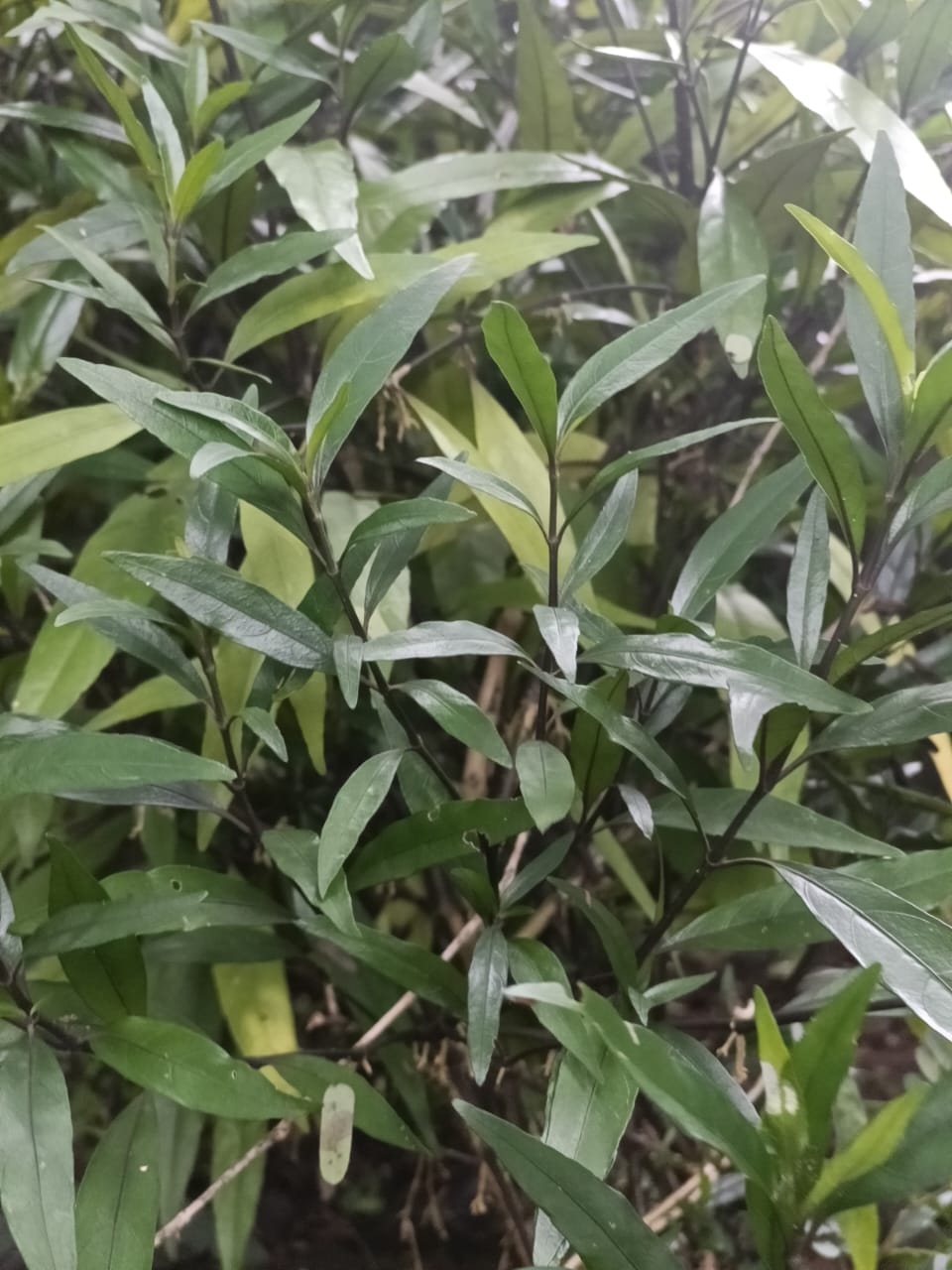Local Name:
Vathamkolli
Common Name:
Willow-Leaf Justicia
Scientific Name:
Justicia gendarussa Burm.f., Hook.
Family:
Acanthaceae
Vernacular Name:
Gandarusa,adulsa, Gandharasa, Indrani, Kapika
Habit:
Shrub
Habitat:
Moist deciduous forests, also in the plains
Distribution:
Its native range is believed to be in China, but it is now found in India, Malaysia, Sri Lanka, Indonesia, and the Philippines.
Flowering Season:
December to May
Fruiting Season:
January - April
Altitude:
120 meter
Uses:
Rheumatism
Part Used:
Whole plant
Method of Use:
Whole plant along with Azadirachta indica leaf is made into a paste and applied externally on affected regions twice daily for one week
Folklore:
It's traditionally believed to have various medicinal properties, including anti-inflammatory, anti-arthritic, and antimicrobial effects. It's also been studied for its potential as a source of compounds for birth control and anti-HIV treatments.
Location:
Nilambur, Malappuram district
Collection Date:
0000-00-00
Collector Name:
Dr CHITHRA M
IUCN Status:
Not Evaluated (NE)
Invasive Status:
Justicia gendarussa (Willow-leaved justicia) is not generally considered an invasive species.
Chromosome Number:
The chromosome number for Justicia gendarussa (Bur
Pollination Type:
usticia gendarussa is primarilySeed Dispersal Mode pollinated by insects.
Seed Dispersal:
Justicia gendarussa, a plant in the Acanthaceae family, utilizes a ballistic or jaculator dispersal
Phytochemicals:
alkaloids, saponins, terpenoids, flavonoids, glycosides, and steroids
Description:
Shrub. Branches dark purple, terete, smooth. Leaves linear or oblong-lanceolate, apex acute or obtuse, base acute, chartaceous, glabrous, lateral nerves 5-7 pairs, bluish; petiole 2-3 mm long. Spikes terminal, to 8 cm long, narrow; bracts linear, 4 mm long. Flowers white; calyx lobes linear-lanceolate, 5 mm long; corolla white with purple streaks, 1.5 cm long; ovary and style puberulus. Capsule 12 mm long, glabrous.

